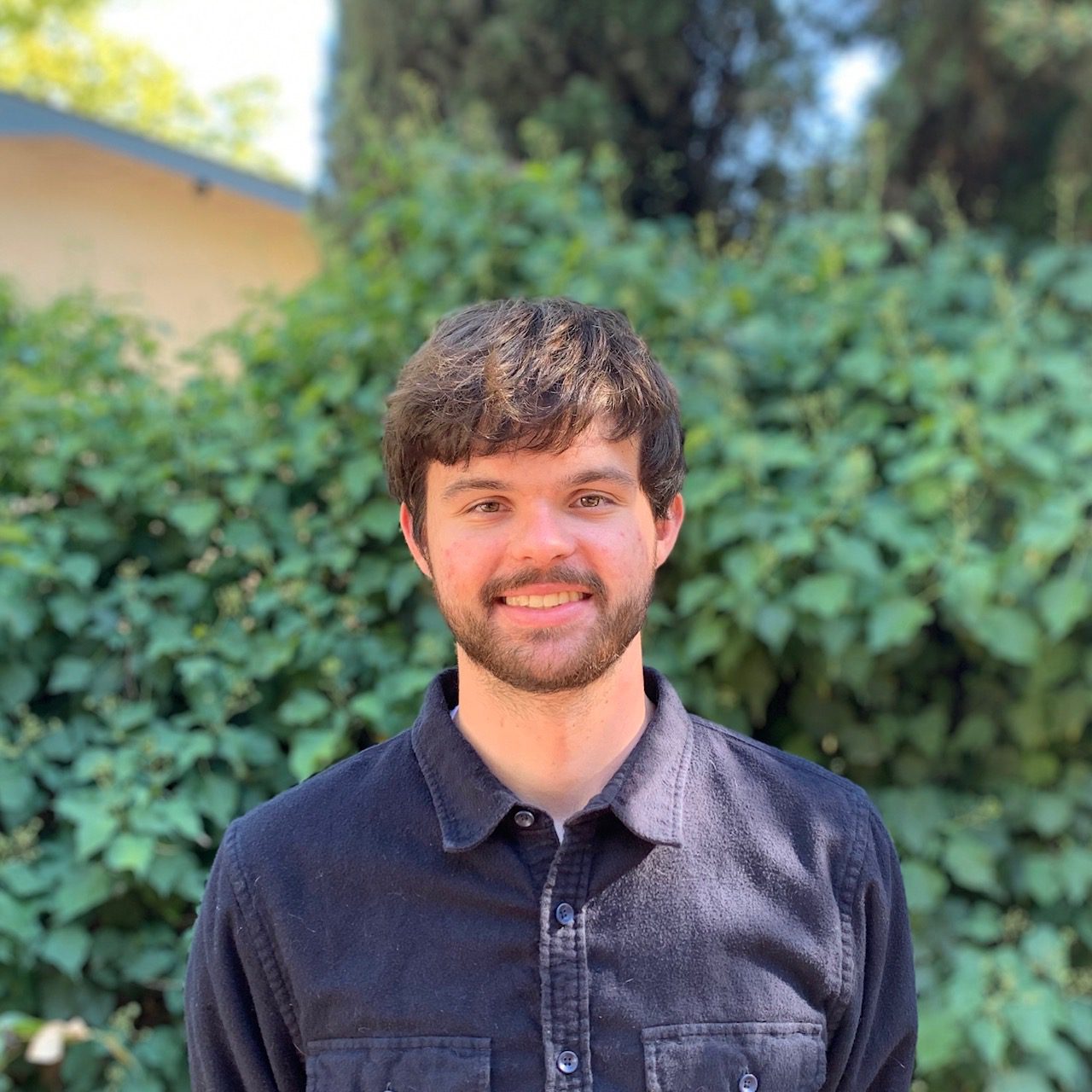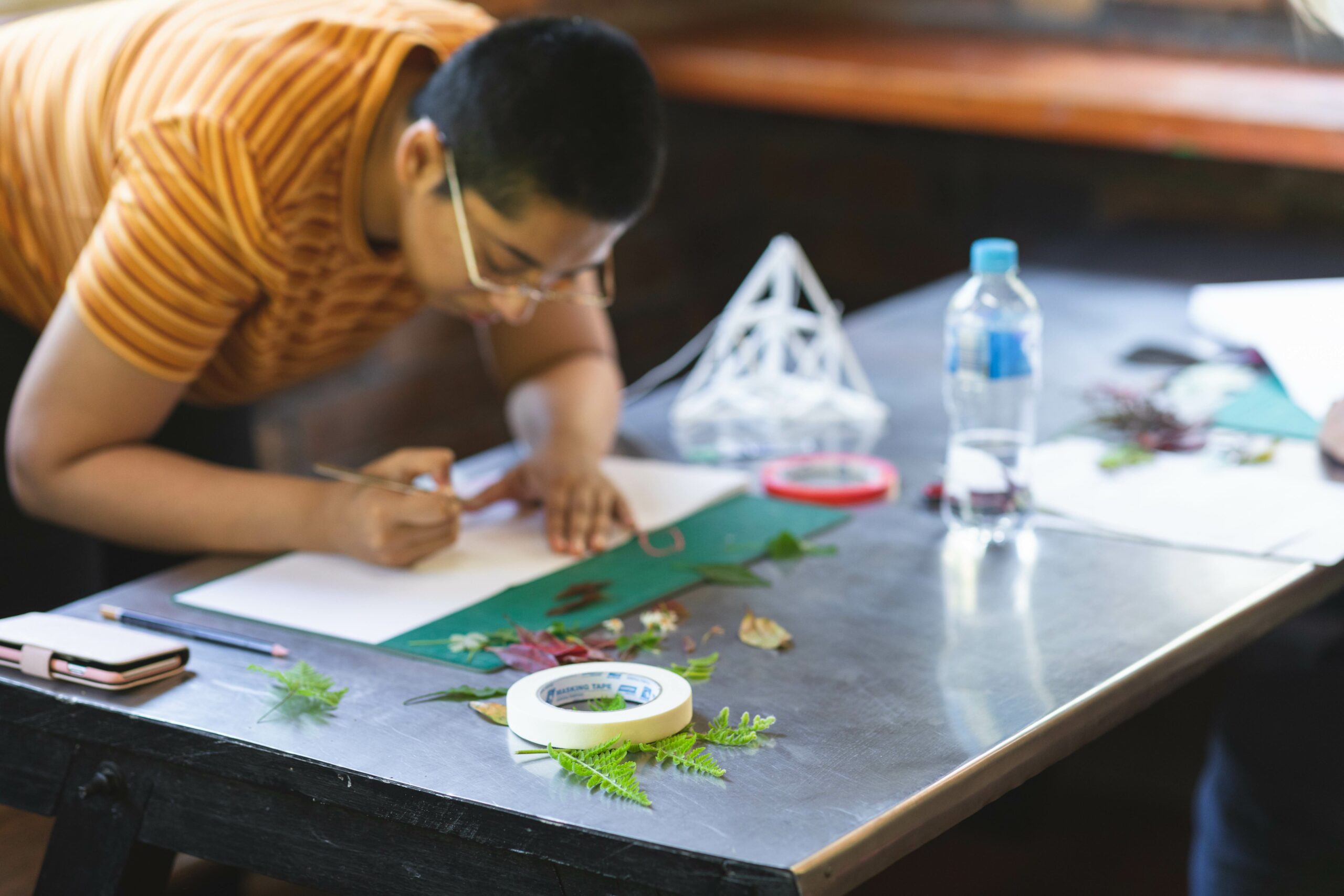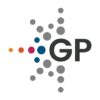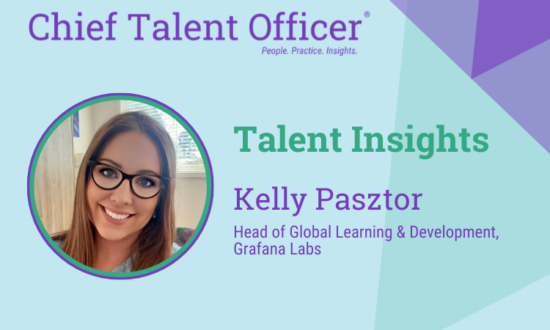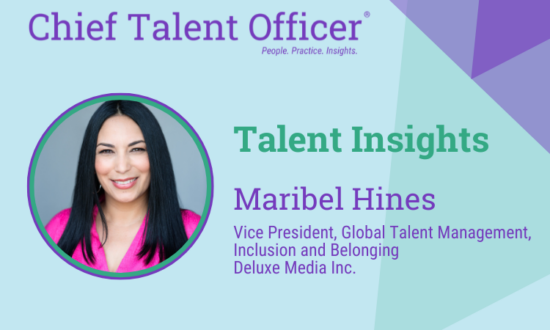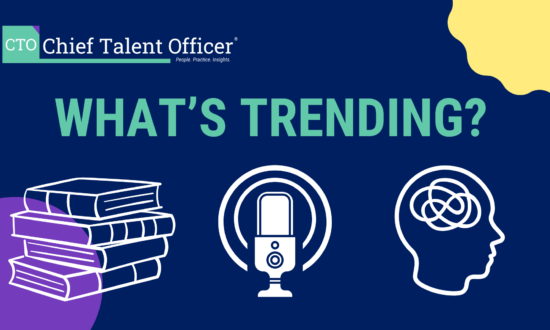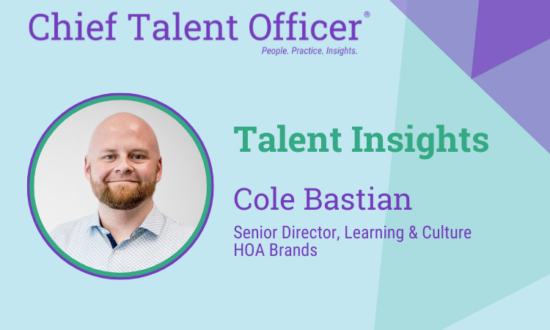Serving workers in New South Wales, Australia, community health organization MakeShift is helping workers in trauma-heavy fields through social and creative prescribing. The organization’s ReMind program uses a creativity-first approach to help employees with job-related trauma find creative habits to improve mental health.
The ReMind program is an eight-week creative prescription program that partners with creative facilitators to lead evidence-based activities ranging from playing the ukulele to stitching. The program also provides mindfulness activities, strength-based skill building and social connection. MakeShift also offers a four-week version of the ReMind program called Press Play, which many companies have already used to boost creativity and well-being. As a result of the program, 78 percent of participating workers reported an increased ability to deal with problems and 75 percent experienced improved emotional awareness.
Building a foundation
Co-founders of MakeShift, Caitlin Marshall and Lizzie Rose, started the ReMind program in collaboration with The ID Crowd to help struggling employees with the effects of trauma and poor mental health. Before the ReMind program, MakeShift – then called Rumpus – was a community-based skill exchange initiative focused on getting people to learn outside of work and connect with a community while building skills. Eventually, they noticed general practitioners and psychologists referring people to their courses, so they decided to combine their work in the community with more than 15 years of experience in crisis support and mental health.
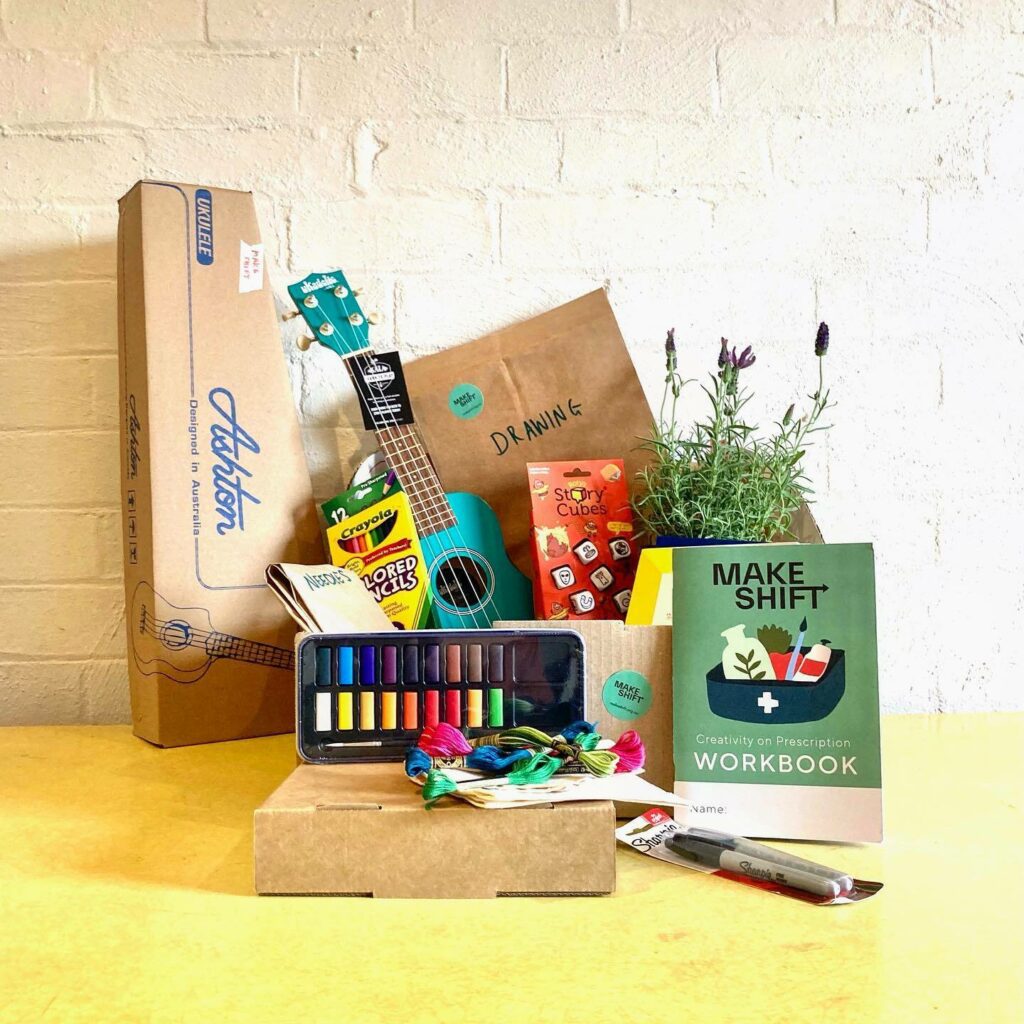
At the time, Marshall worked as a trainer in trauma and recovery with staff in prisons and mental health facilities, as well as nurses and police. “A lot of those groups of people were really experiencing the impacts of trauma because of the work that they do,” says Marshall. “When the conversation would turn to ‘what do you do to care for yourself? What do you do to manage that?’ There was a lot of silence.” People didn’t understand there are things they can do to feel better, things that adults aren’t often encouraged to do anymore: have fun and be creative, Marshall added.
Alongside a creative first aid kit, the program teaches how the brain works and how the nervous system responds to stress and traumatic events. “There’s a lot of things we can do and have control over to manage and keep ourselves in a space where we can make good decisions about what we need,” Marshall says. “Being creative, it just gets us into a mindful state, it does all that work regulating us out of fight or flight, it helps express things we can’t say, it helps us remain hopeful.”
With long wait times to see a psychologist, it’s essential for those who work in trauma-heavy professions to have a plan to manage the balance of personal well-being and the mental health effects of their job.
“An organization should have a plan,” adds Marshall. Participants in the program can use their NDIS funding to pay for the program to intervene and address their mental health “before it reaches a point where they’re not able to work anymore,” says Marshall. To that point, MakeShift is working with workers’ compensation and return to work advocates about how to fund the program for more people who need it.
Harnessing creativity
Before participants in the ReMind program receive their creative first aid kits with materials to paint, play and explore, they learn about the benefits of creativity. They work to expose the societal barriers deeming who can and should be creative.
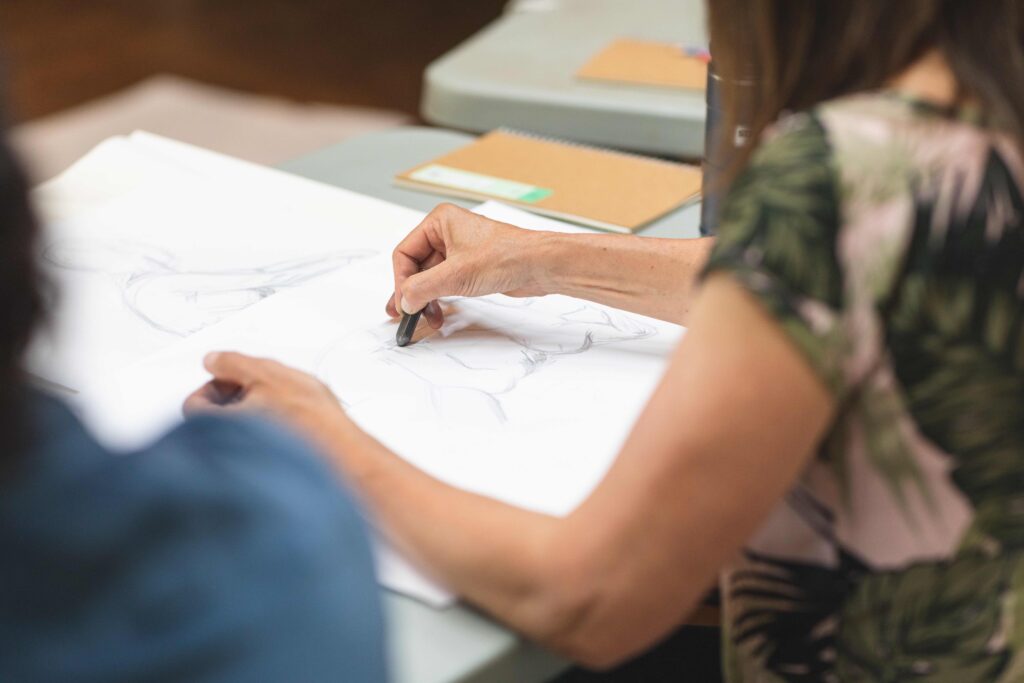
“For a lot of people, the idea of getting creative is intimidating and overwhelming and can really be challenging,” says Marshall. “Especially if you’re dealing with someone in the throes of living with PTSD, it can trigger a whole lot of ideas of being out of depth.” Workers need to understand the benefits of creativity to enhance well-being, says Marshall.
Activities included in the creative first aid kit are designed to harness the benefits of creativity on the nervous system and psychology to alleviate mental health issues. “We know that doing any kind of sensory activity with our hands reduces our stress hormone, promotes the production of serotonin and regulates the nervous system into a place just like physical exercise, just like meditation does,” says Marshall. The creative first aid kit includes materials to do activities such as painting, playing an instrument, gardening, cooking, ceramics and creative writing.
For people who can’t exercise or live with a disability or injury, the program works to “open the door and say there’s actually a whole lot of other things we can do that don’t have to cost a lot of money, you don’t need to have a degree in and you don’t need to be amazing at,” says Marshall. “But you might need someone to start you off and show you how to get going.” Many participants struggling with PTSD discover creative writing as a way to release and express emotions, Marshall added.
“We aim to reach those people who come with this idea that they’re not creative,” says Marshall. “We’re trying to unpick and unwire the messed-up ways that society tells people they’re not creative because we’re all inherently very creative. We’re hardwired to be.”
The creative facilitators in the program, each passionate about their craft, are trained in mental health and the research behind the benefits of creative activities.
“It’s very important to us that we don’t work with artists who are just about showing off because showing off to others doesn’t make other people feel good,” says Marshall. “If they can see that someone is struggling, they’re very encouraging,” says Marshall.
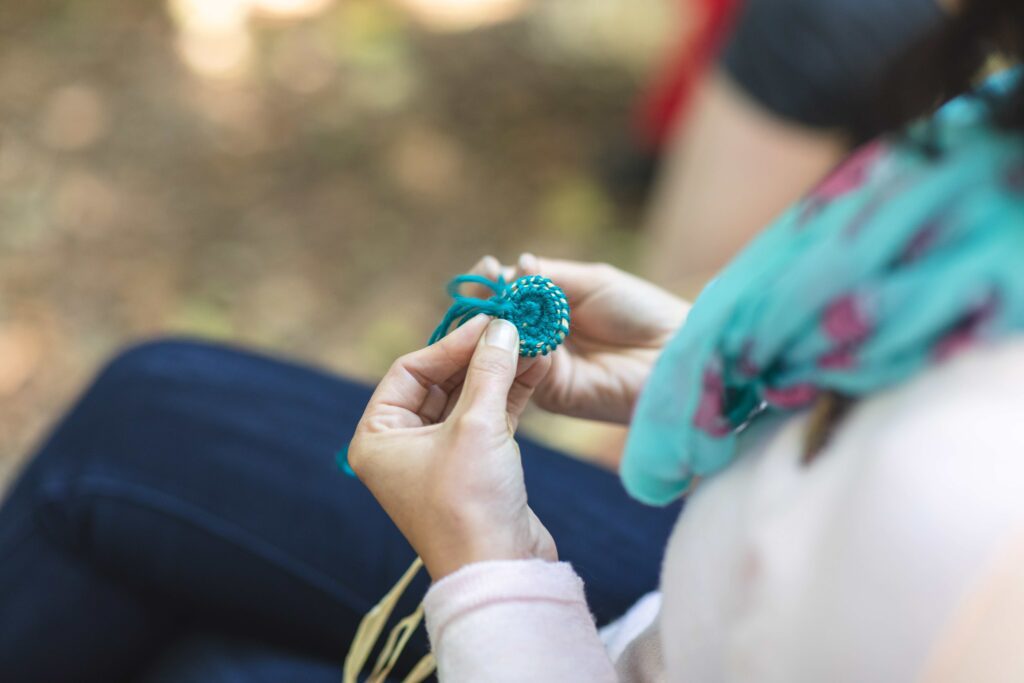
One participant even found themselves “looking forward to Mondays” because “having the structure, getting to know some people and having sensitive facilitators was so helpful.”
Marshall says the participants often surprise themselves with what they’re capable of accomplishing. “We had one guy who was a cop who was so surprised to discover he really liked stitching, he did a second meditation,” she says. “He ended up connecting with his mum who is quite old and lives in another state. And they now Skype each week and stitch together.”
Breaking free
The ReMind program has also helped battle loneliness that has only increased since the pandemic. “Most of our participants wouldn’t engage with another person most days of the week,” says Marshall. “And by the end of the program, they were having daily connections with other people.”
Marshall says many attempts to bring people out of isolation fail because it’s hard to make social connections when there is no common interest; the ReMind program gives participants the tools to both build social connections and skills. After finishing the program, 54 percent of the participants reported having more social interactions.
Through their creative practices and education on well-being and emotional awareness, MakeShift’s ReMind program is successfully working to reconnect psychologically injured workers back to a state of confidence. As a result, 58 percent of participants reported improved self-confidence. “My confidence has certainly increased in simple tasks,” said one participant. “That all allows me to help others and feel more valued as a person.”
As we move forward in the world of work, Marshall says as a whole community we need to acknowledge the reality of the human experience as something that requires flexible management and care for each person. “It’s become really clear that mental health interventions need to expand a lot more to non-clinical interventions,” she says. “We really need to be looking at how people work and what role workplaces have in supporting people and creating places that are safe mentally.”



